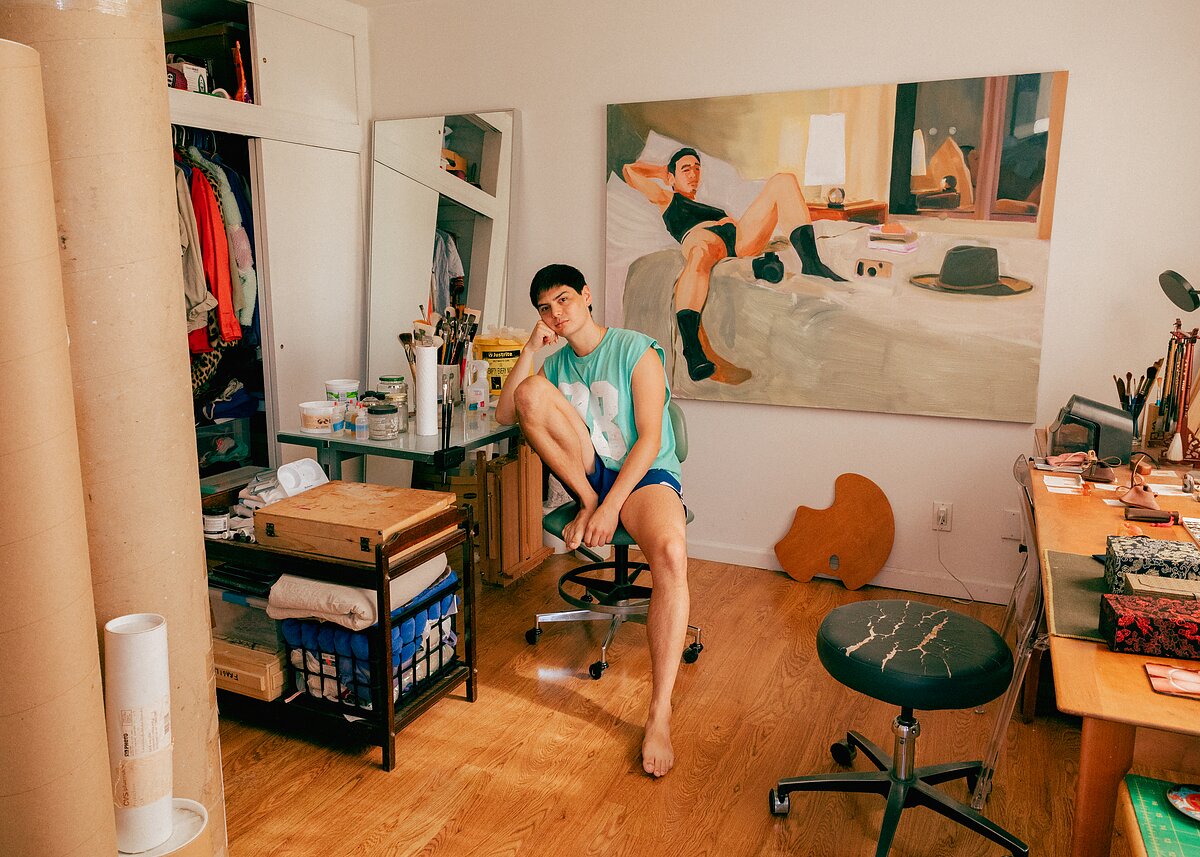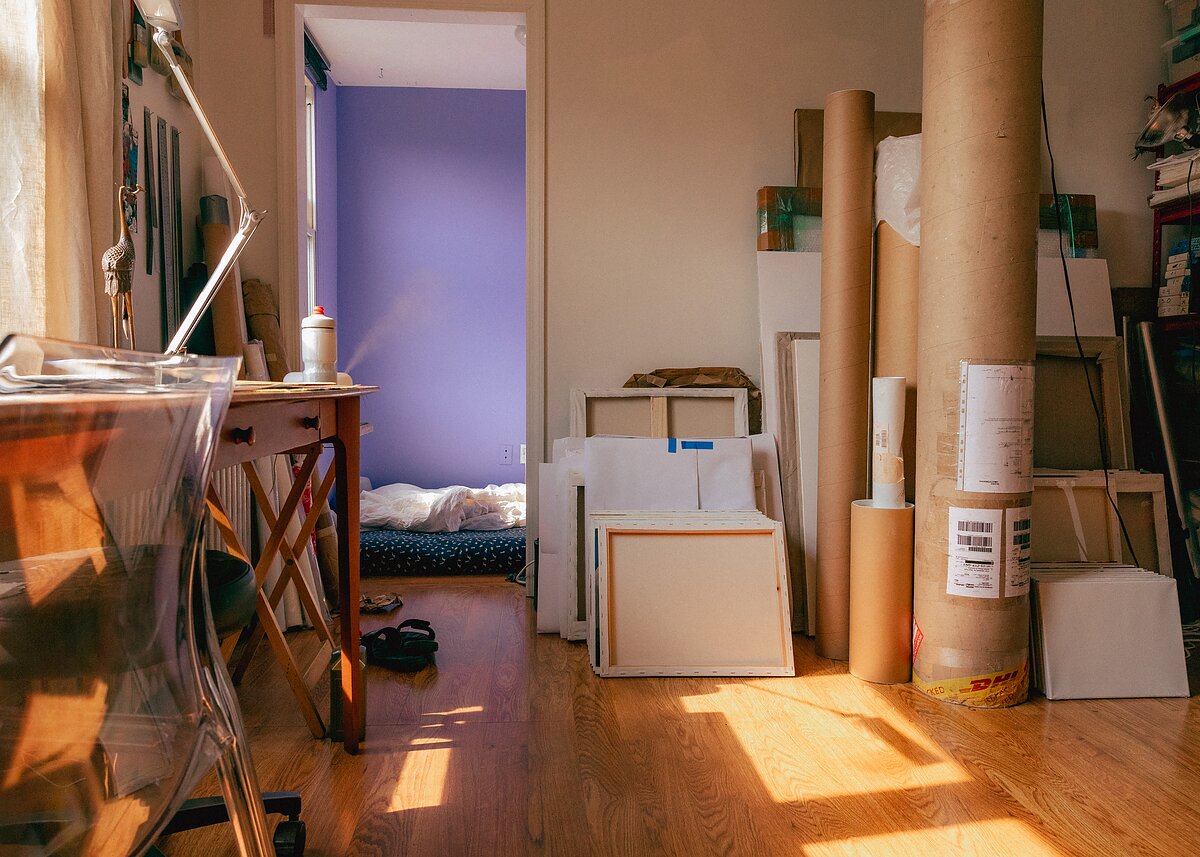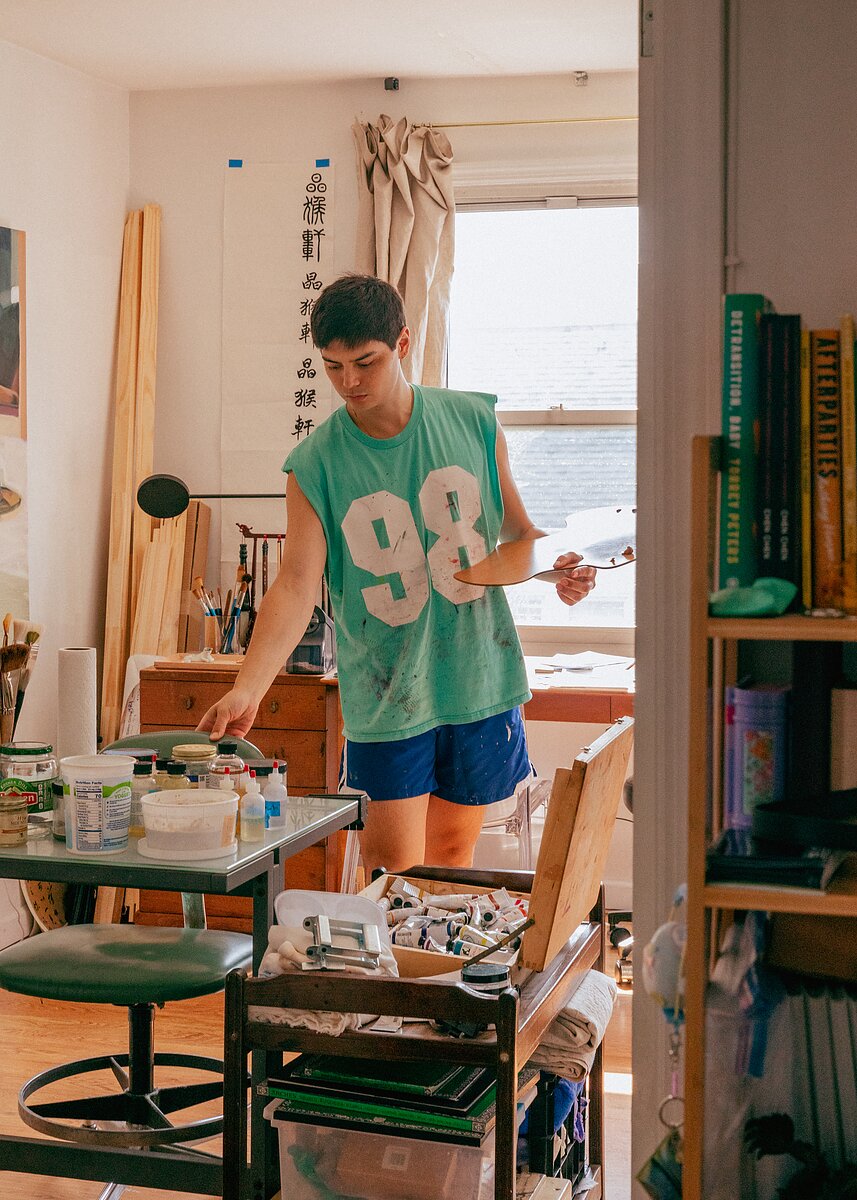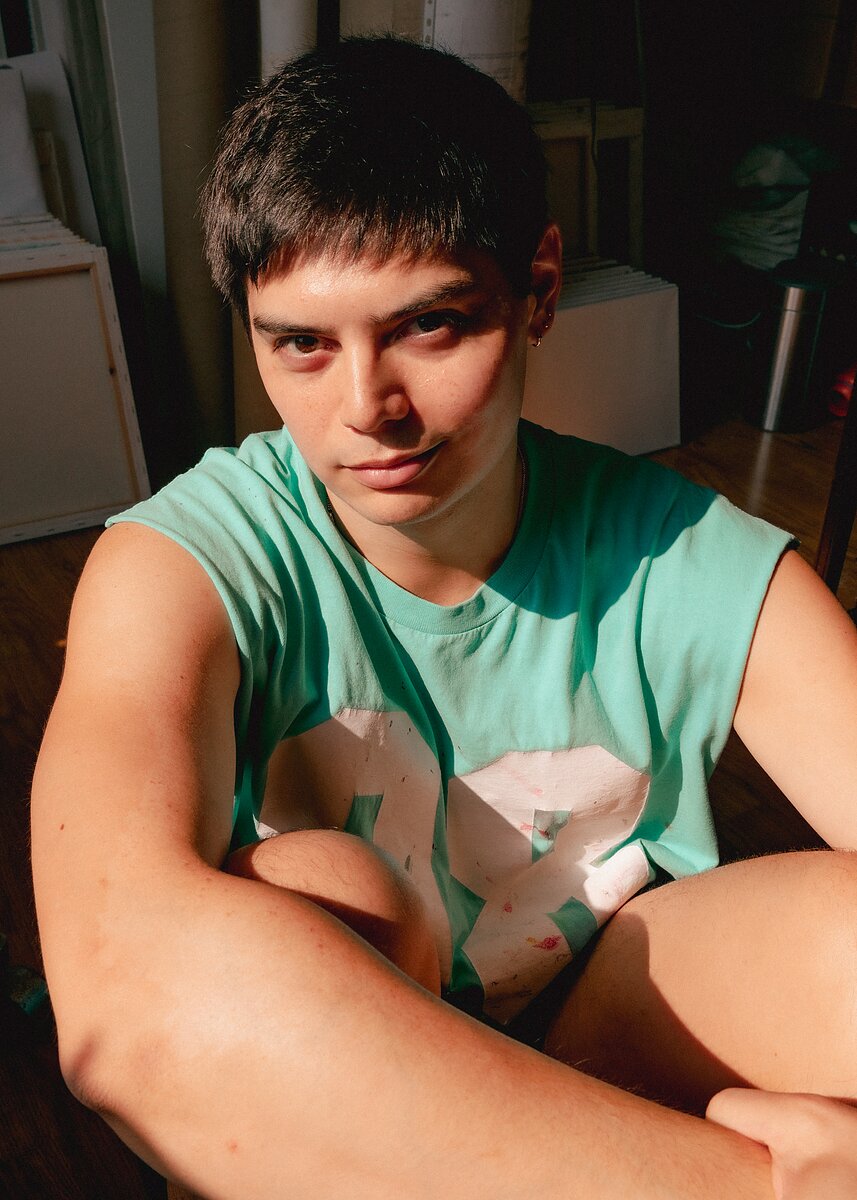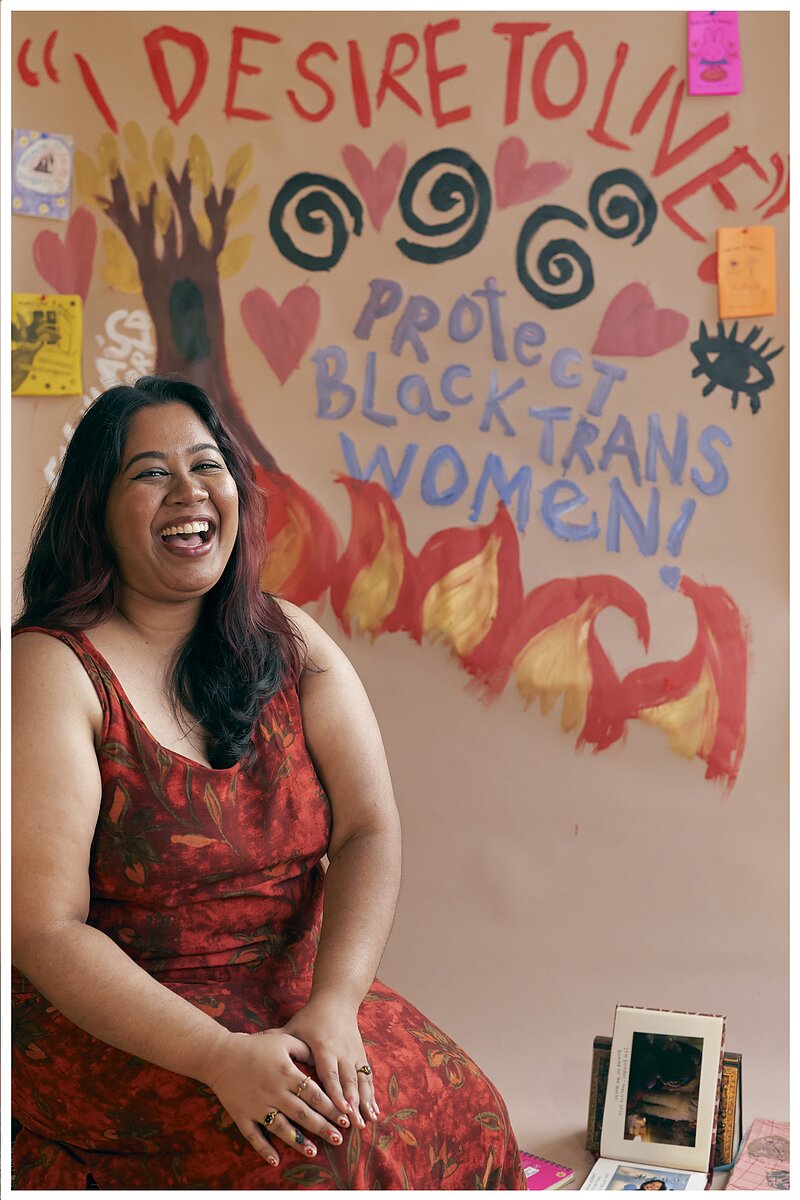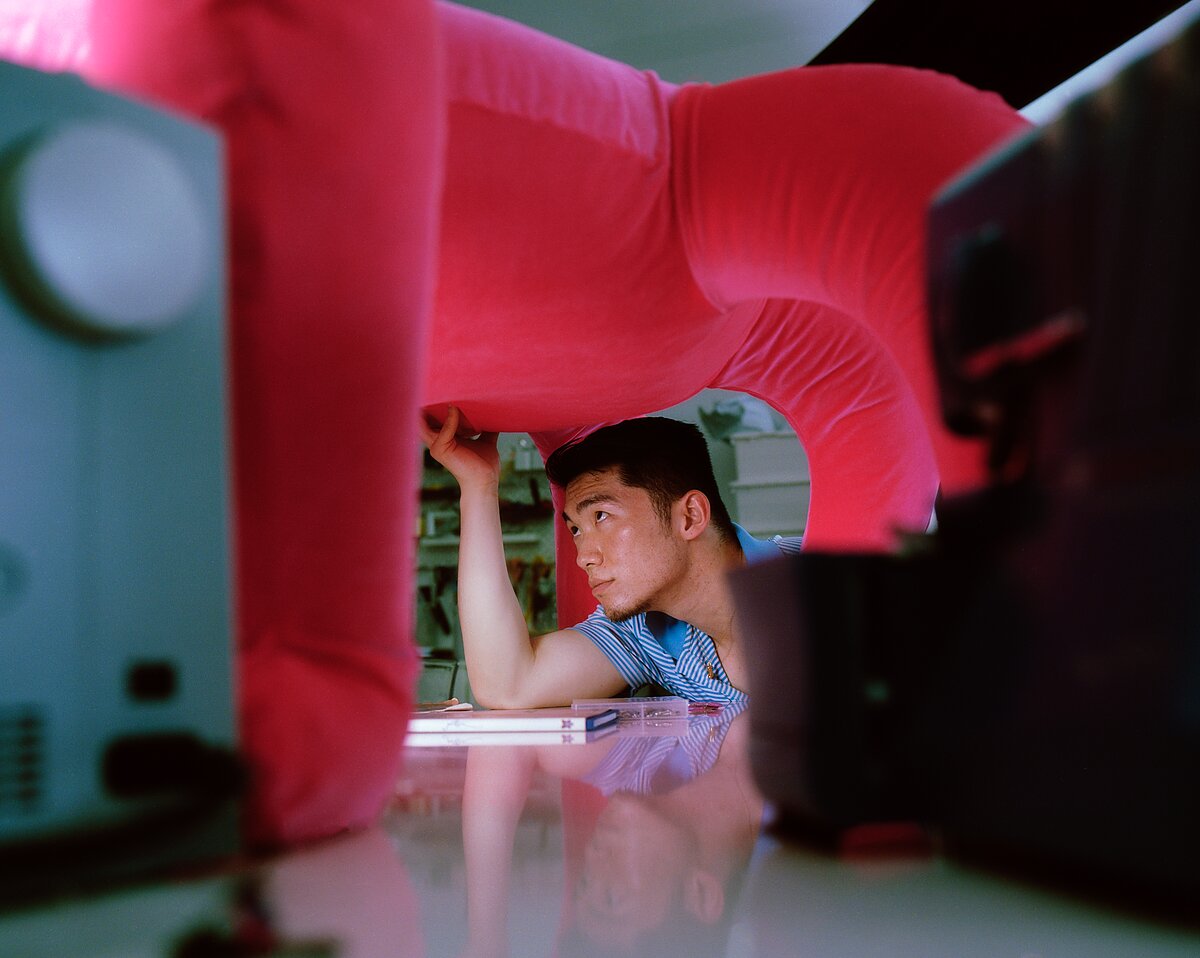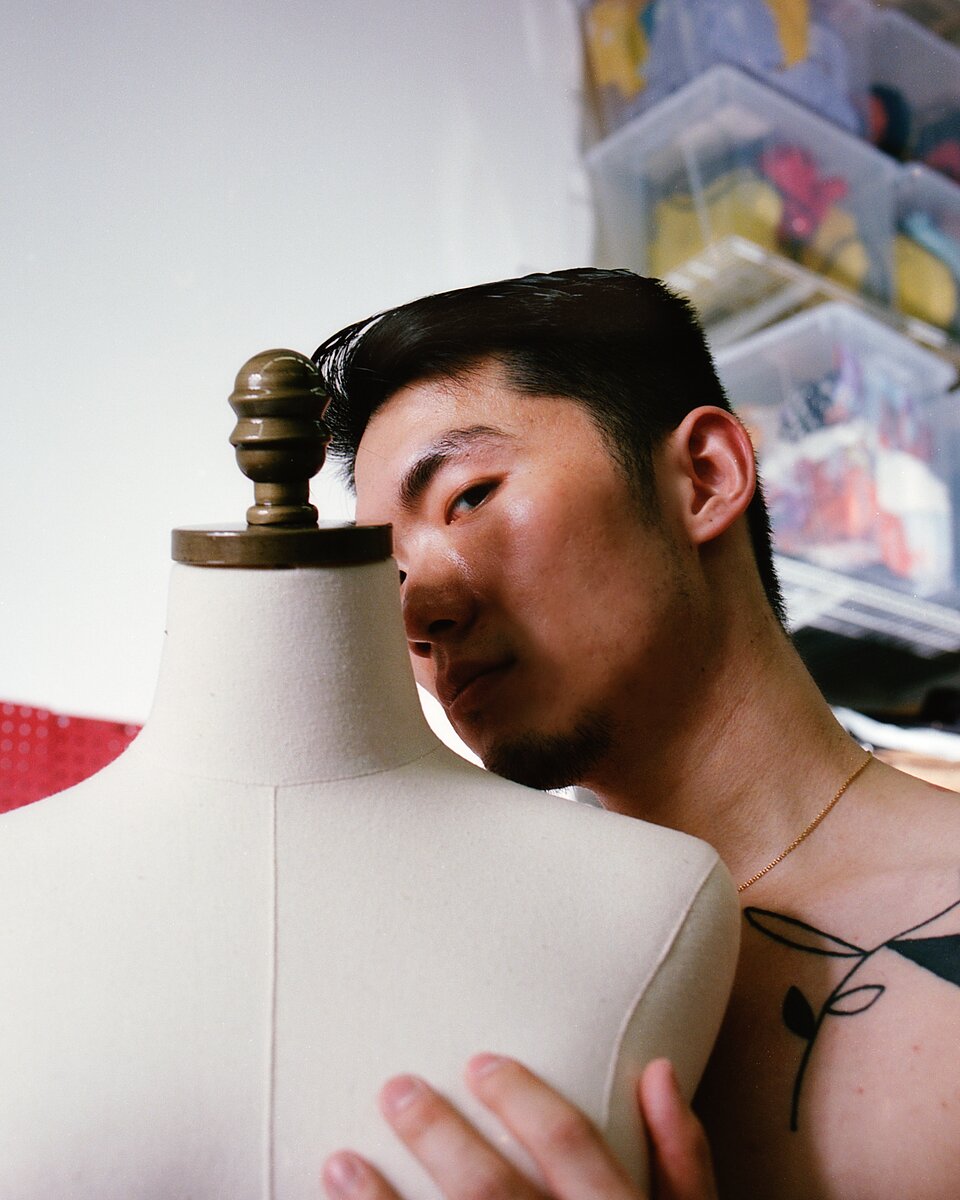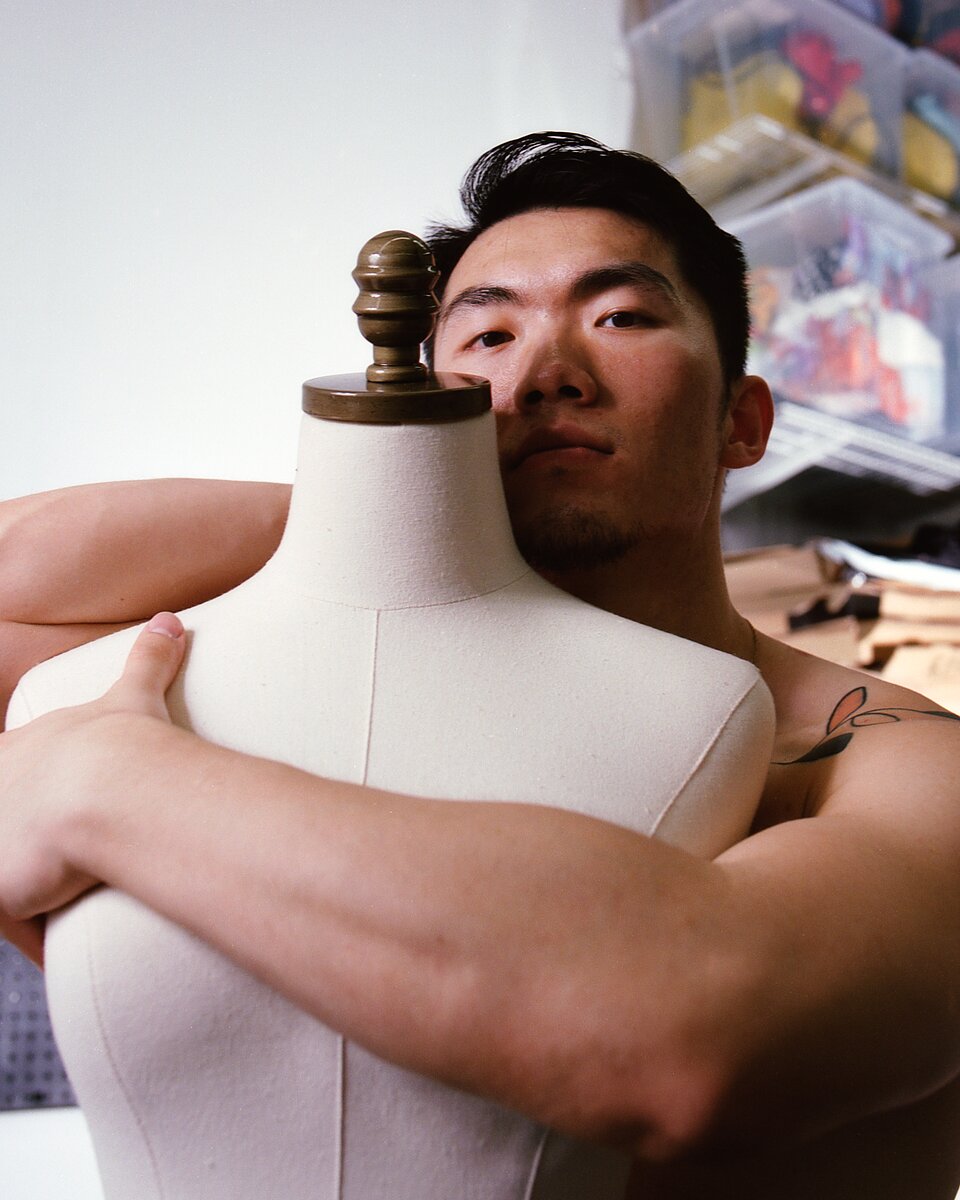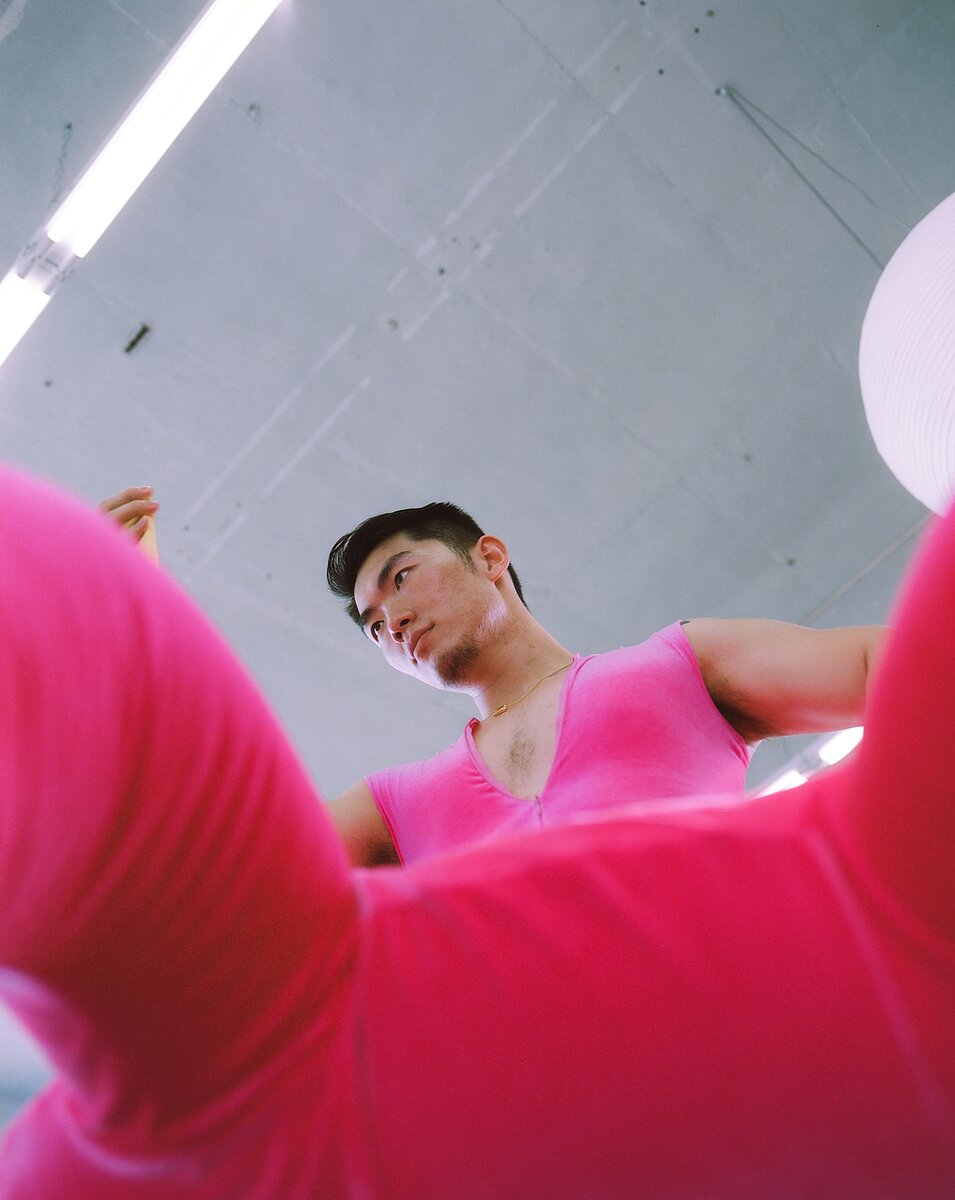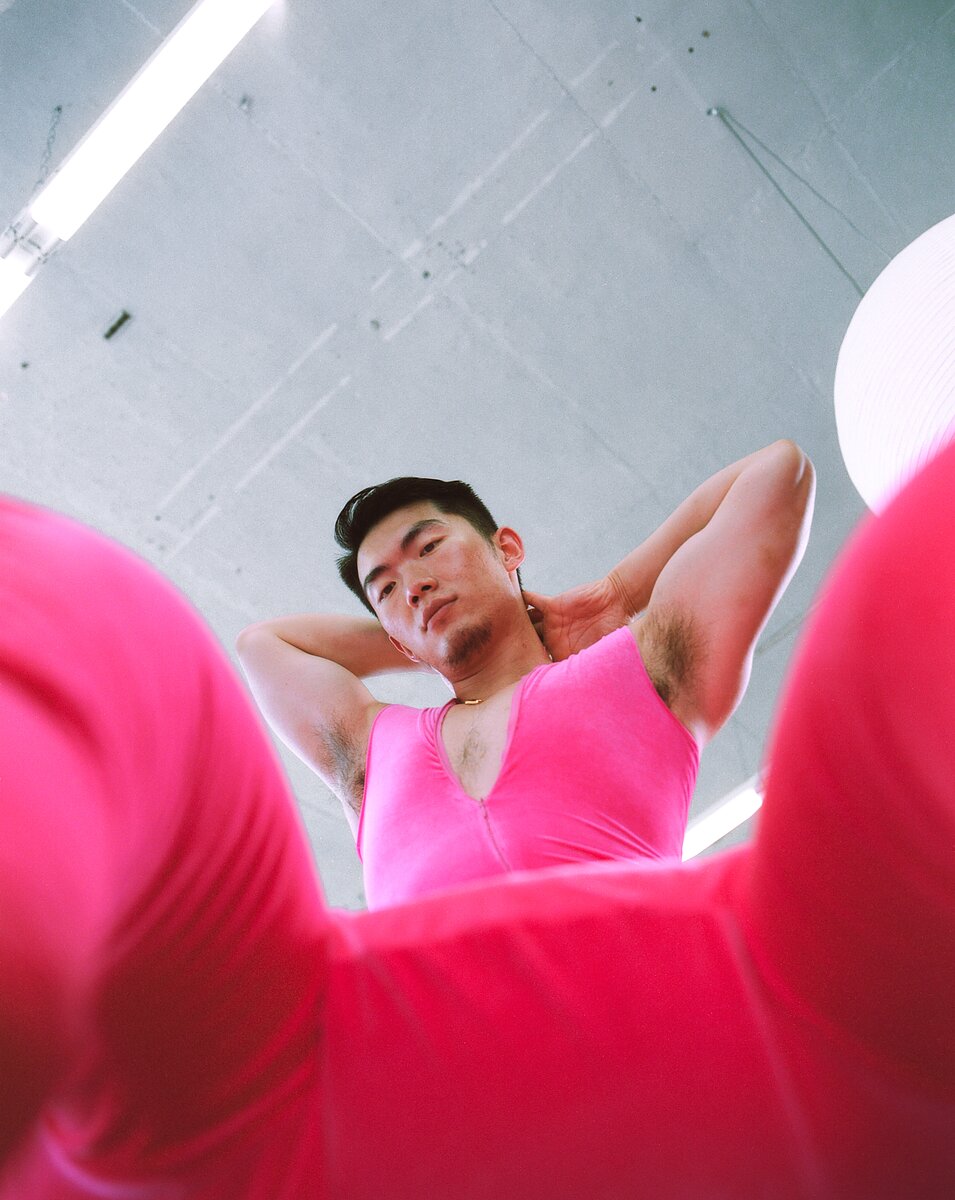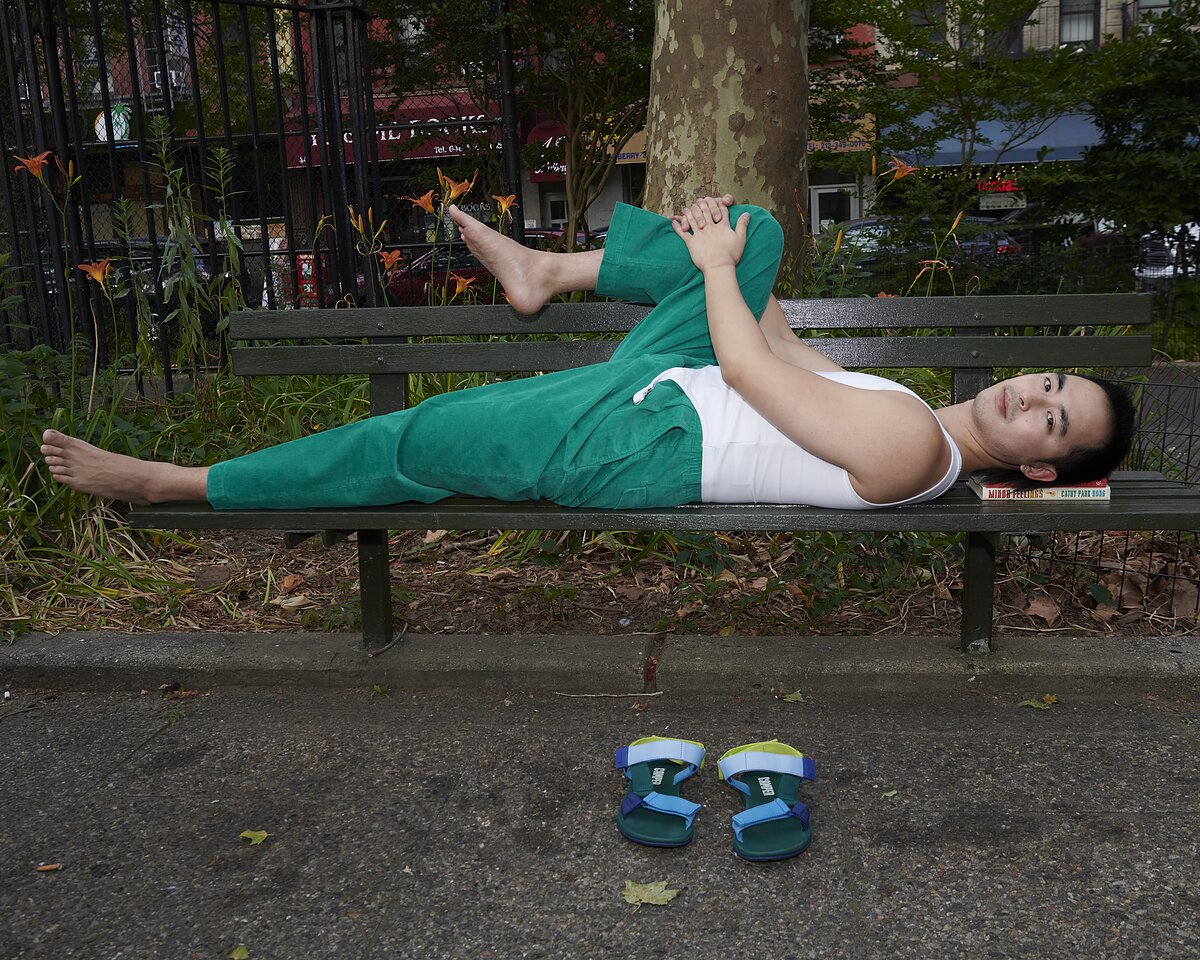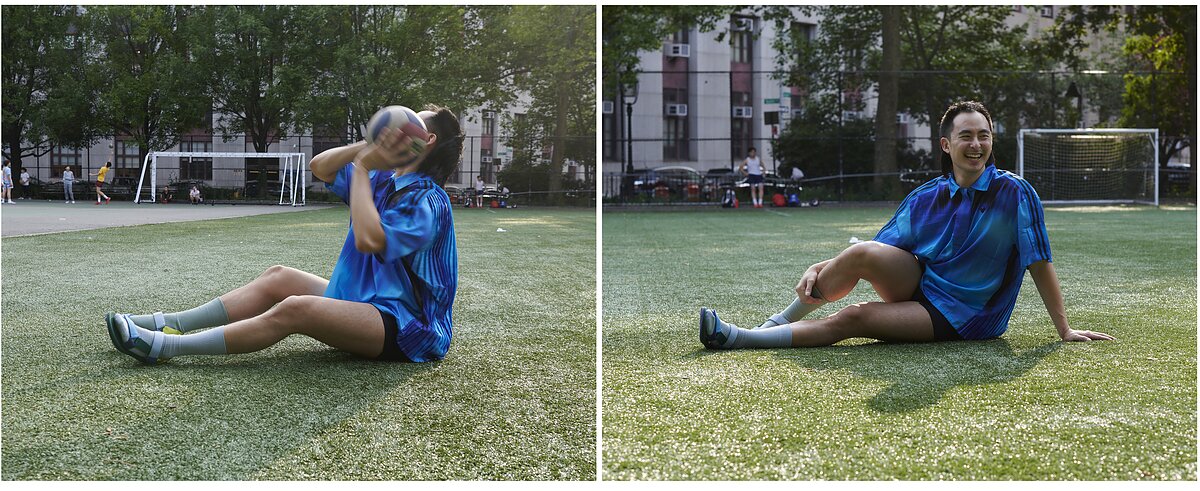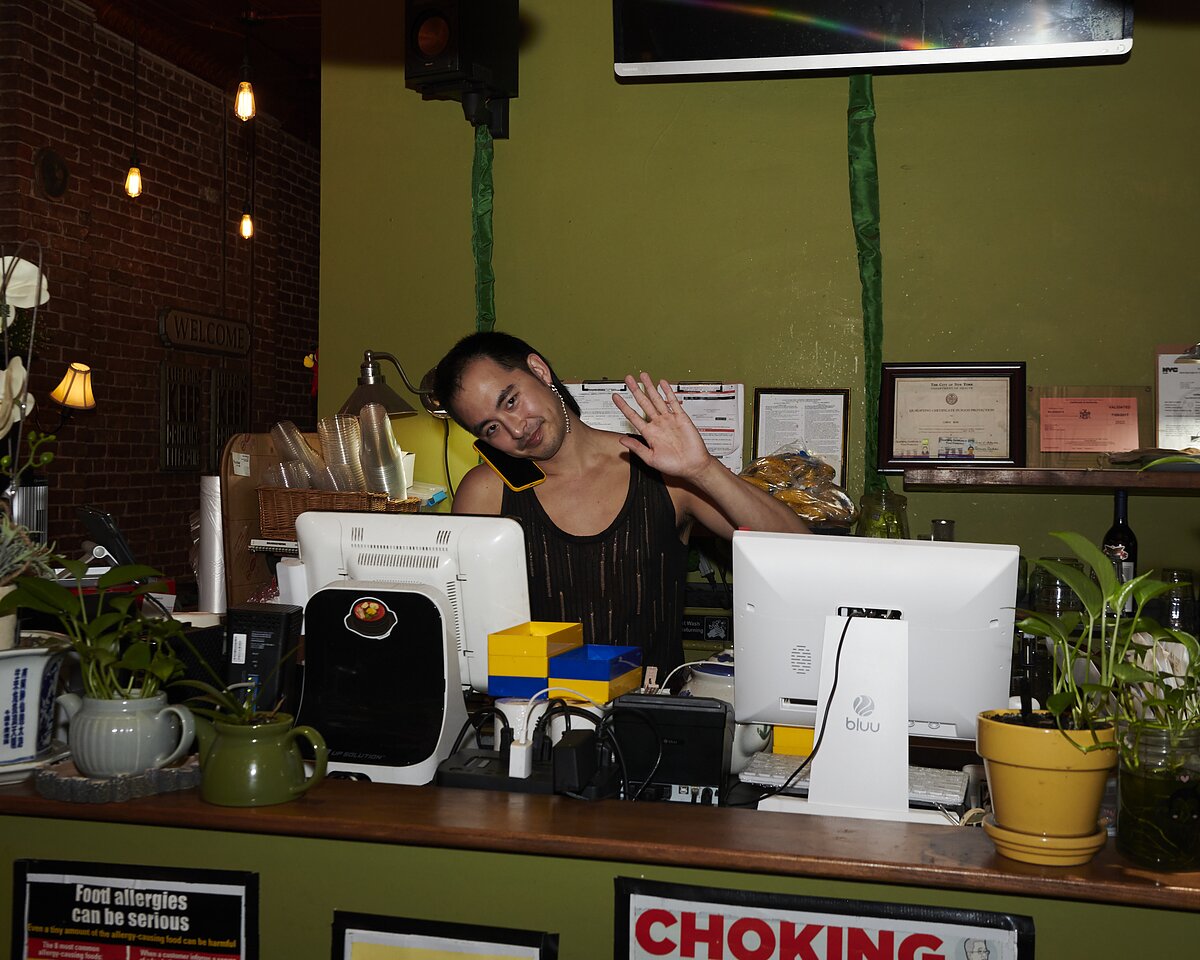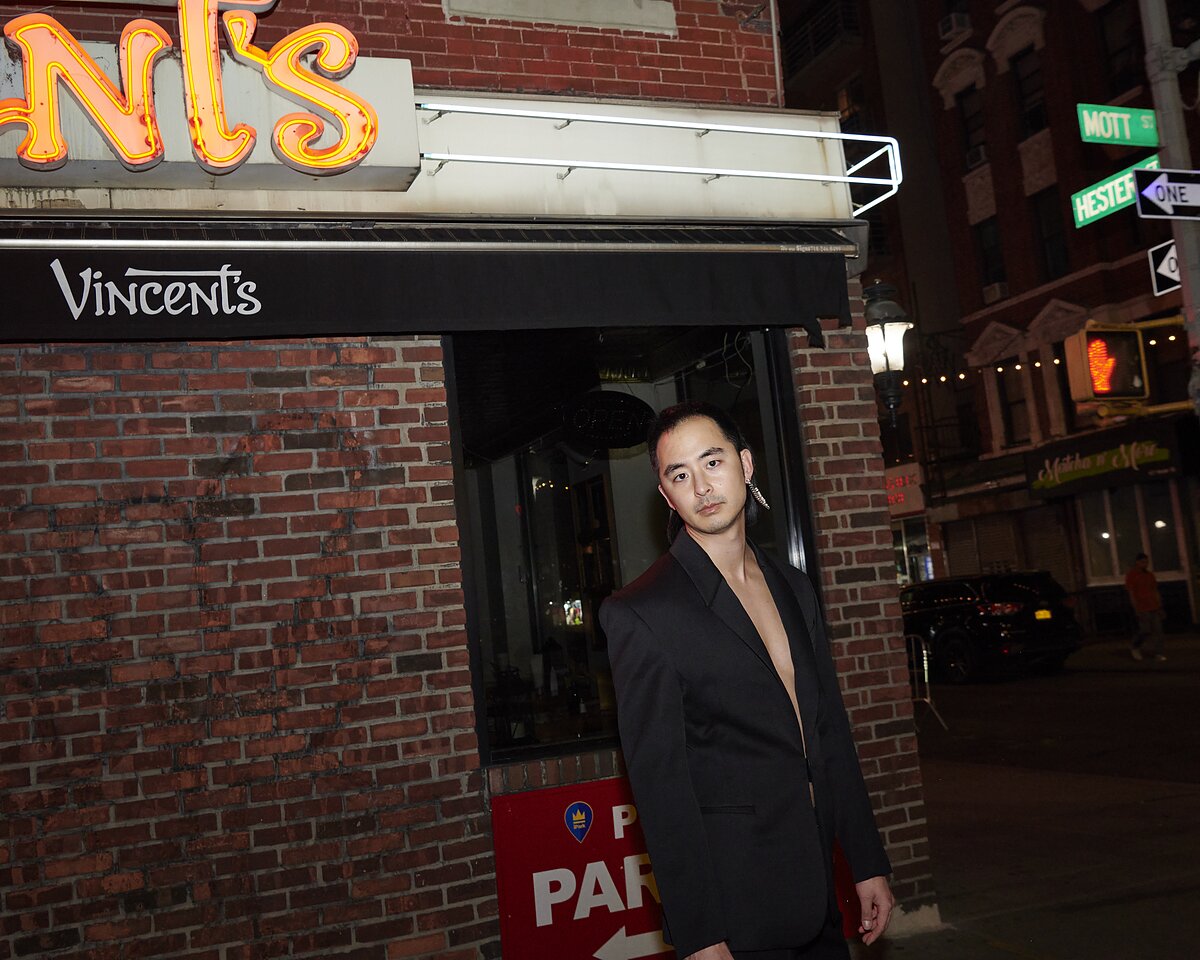4 AAPI LGBTQ+ Photographers Capturing Artists They Admire
One of the most powerful aspects of being in community is being able to see one another truly and deeply. To feel seen, particularly among marginalized identities, can be a profound affirmation of one’s existence.
As this year’s Pride Month comes to a close, we asked four AAPI photographers from the LGBTQ+ community (Leo Foo, Shravya Kag, Justin J. Wee, and Chen Xiangyun) to take portraits of a creative peer who inspires them. These photographs celebrate seeing one another as a radical act in a world that often demands invisibilization.
Vincent Chong by Leo Foo
LF: I never really walk into a portrait session with a defined “approach.” I just want the photos to be as real as possible, with no performance; just two people seeing each other. I want each photo to be a conversation and a mutual interaction. It’s all about seeing and being seen, and the way each person and I see one another is different and special.
There are definitely shoots where there are communication blockages, but I didn’t feel that at all with Vincent. I spent about five to six hours with them, talking to them, observing them paint and work, learning more about them, and just hanging out. Having a conversation with Vincent has always felt easy and safe, thus I had a feeling that photographing them would feel the same way.
It is always my goal to capture someone’s beauty and have my photos help them feel beautiful, and that also goes for beauty beyond physical appearance. There are so many beautiful parts about someone. I could see Vincent’s beauty in themself, their art, their living space, and their life.
Fabliha Yeaqub by Shravya Kag
SK: I approached these portraits from a place of creative play, collaboration and joy. Fabliha’s writing and community work embodies this joy. I adore the monthly Fabliha’s world zines they make to send out to friends and family and wanted to bring an element of that practice into the studio.
I invited Fabliha to my studio, provided some acrylic paints and collage-making supplies and asked them to play with the backdrop – paint on it, make a collage, tear it into pieces – whatever came to mind. Fabliha created a deeply intentional and powerful piece drawing inspiration from queer cinema and life. “I desire to live” is a quote from the movie Fire by Deepa Mehta, a lesbian love story and one of the first in mainstream South Asian films to show homosexual relationships. The tree with the golden leaves, the spiral symbols and the flames represent “the hope that our stories are everlasting and live on after our material bodies have left this earth.”
We pinned Fabilha’s zines onto the backdrop and included their scrapbooks and notebooks on the floor next to them. The portrait is framed like a page from their zine and hopes to capture the intentionality that Fabliha puts into everything they make.
Terrence Zhou by Justin J. Wee
JJW: I love Terrence’s fashion because it feels deeply rooted in a sense of queerness that really resonates with me. The sheer size and creativity of his pieces enable the people wearing them to physically take up space in a way that most clothing doesn’t allow for. The structure in his pieces feel like a form of armor while their flamboyance feels like a tool of liberation which together create a fascinating tension and a feast for the eyes.
I think the way he arrived at this point in his life is something many queer folks of color would find aspirational. He was studying math and was thinking about entering academia before, unbeknownst to his parents, he decided to pivot to fashion because he found himself constantly returning to it in his down time.
He has described his process as being somewhat of a “spiritual download” where he is just a vessel for the creativity that the universe is communicating to him. That sense of being called to this work is something that I feel connected to, and I feel inspired by his courage to back himself and reframe the fear of failure that a lot of creative folks feel overwhelmed by. In a world where queer folks have to largely create their own pathways for success, I feel privileged to live in a time where I can witness someone’s dedication to their craft and watch it bear the fruit it rightfully deserves.
